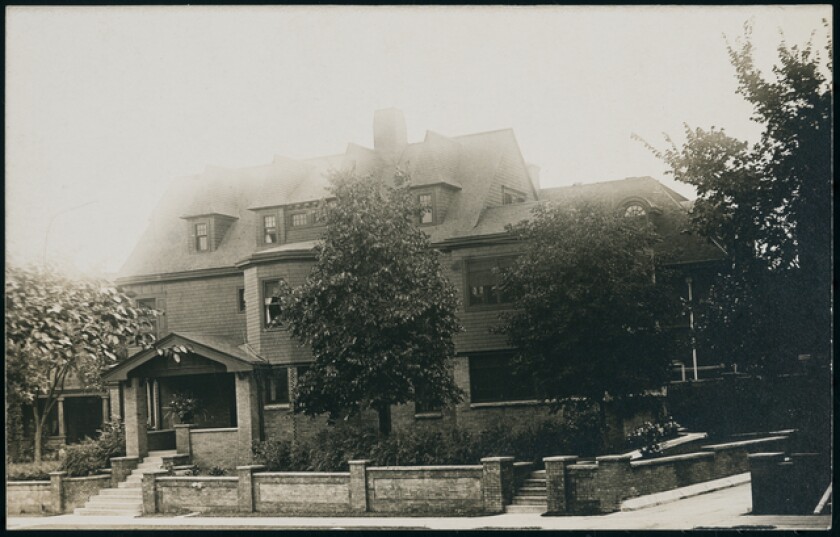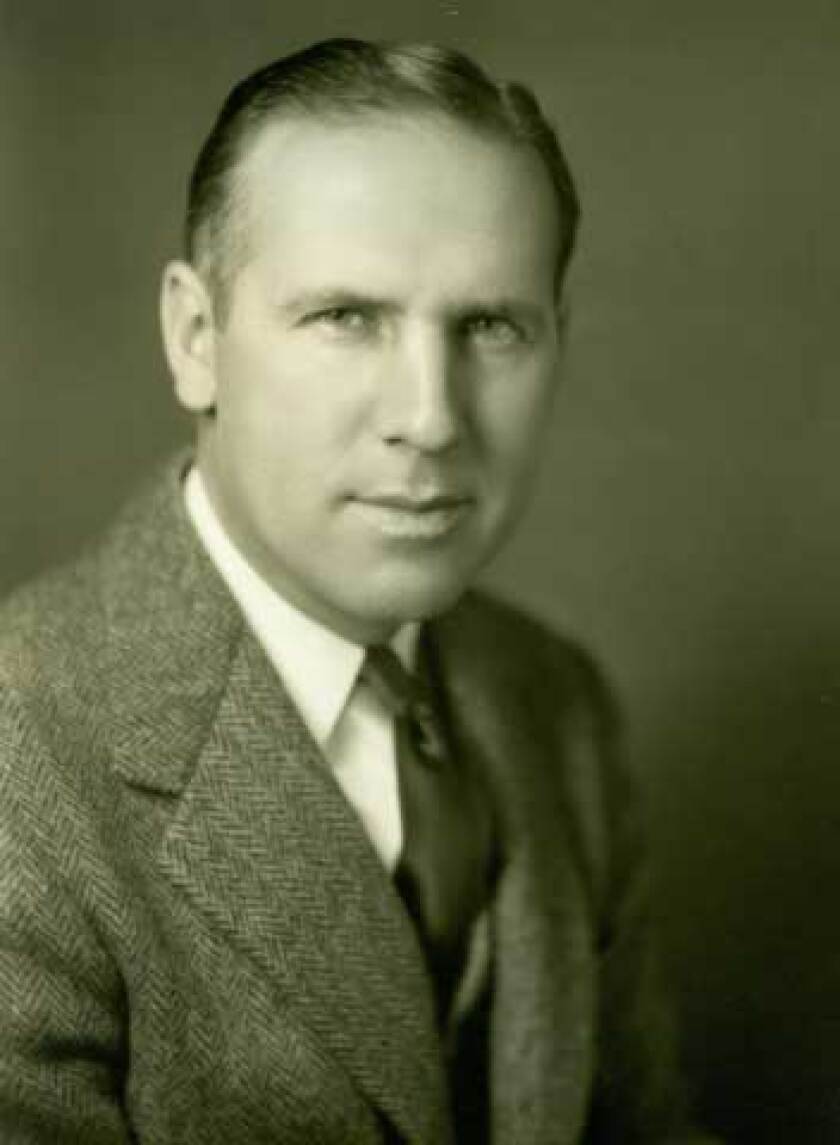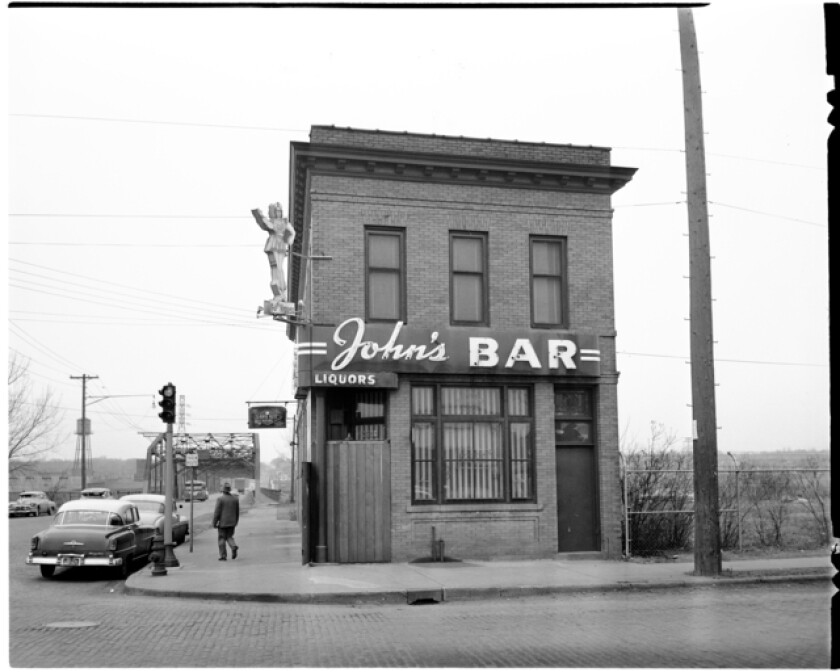ST. PAUL — When federal law enforcement began their crackdown on prostitution and sex trafficking in the Midwest in the 1950s — setting their sights on a Minneapolis "funhouse" that served as an epicenter of crime — they had some unlikely allies: the victims themselves.
It began on Thursday, Aug. 14, 1952, when police officers raided a home in Minneapolis' Lowry Hill neighborhood where visitors would go to "see a show," according to Minneapolis Star Tribune archives. Officer Pat Walling, who led the squad, told the Star Tribune that he said he was a businessman entertaining two out-of-town guests. The officers were charged $20 a piece to witness a “show which, (officers) charged, contained immoral acts.”
ADVERTISEMENT

Minneapolis police arrested the four adults present — Nile Grand Morrison, his wife Darlene Morrison, Gloria Jean Jordell and Phyllis June Bennett — and charged them with sodomy.
Jordell and Bennett were both North Dakotans who were trafficked throughout the region. They would prove to be valuable resources for officers and the U.S. Attorney's Office in the years to come, serving as key witnesses in several cases whose testimony incriminated several men and women who were trafficking in the region.
By 1956, U.S. Attorney for Minnesota George MacKinnon’s office would convict 110 men and women in the region of violating the Mann Act, a federal law prohibiting the transport of women across state lines for “immoral purposes.”

ADVERTISEMENT
At the center of the Midwest enterprise was an unassuming brick building on a street corner in northeast Minneapolis: John’s Bar and Funhouse, owned and operated by brothers John and Frank Gawron. If you visit the same street corner today, you'll find new apartment buildings and a newer, famous Twin Cities hang: Betty Danger's Country Club.
From 2500 Marshall St. NE, the trafficking enterprise stretched a web hundreds of miles in every direction, connecting to brothels and pimps in Chicago; LaCrosse, Wisconsin; Sioux Falls, South Dakota; Superior, Wisconsin, and more. Along with John Gawron, Chicagoans Dee Wheeler and Frances Elliot ran the Minneapolis operation.

In March 1953 Jordell and Bennett's pimps stood trial in federal court. Austin Hatch and Harry Long, who owned the 428 Groveland Ave. house where the women were arrested for the "show," were found guilty of transporting the women across state lines from Minneapolis to La Crosse, violating the Mann Act.
Once Hatch and Long were convicted, the other dominoes fell. Seeing Hatch and Long's convictions, Gawron, Wheeler and Elliot pled guilty to their charges.
At Gawron, Wheeler and Elliot's sentencing hearing in May 1953, Federal Judge Gunnar Nordbye mused of Gawron, "It's difficult to understand how a man such as you could become involved in an operation of this kind," according to Star Tribune archives.
ADVERTISEMENT
Gawron was sentenced to two-and-a-half years for his crimes, Wheeler to four years and Elliot three.
In April 1953, Jordell came back to court from her sentence at a Minneapolis workhouse — where she was serving time for her sodomy conviction — to tell the court the story of how she was forced into sex trafficking. Along with a victim named Sally Peters, the women described being "plied with liquor, compromised and then 'blackmailed' into the lives of prostitution," the Star Tribune reported. That testimony led to four more convictions of traffickers based in Sioux Falls, Anoka and Minneapolis.
Bennett and Darlene Morrison went on to testify against Robert Mast, a former police officer in Superior, who was convicted of transporting the women between Minnesota and Wisconsin and referring them to work at a brothel in Superior. He claimed he didn't realize it was a brothel.
A jury found Mast guilty in October 1953, and the Star Tribune reported that as he left the courtroom, he shouted at an FBI agent, "I hope you're satisfied. You'll never get anything."
ADVERTISEMENT








